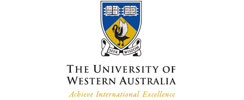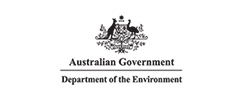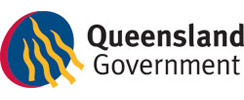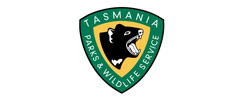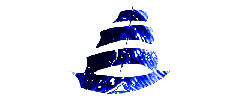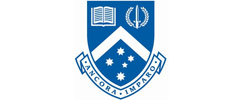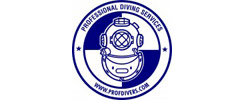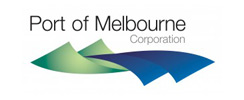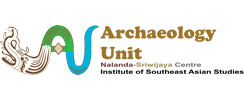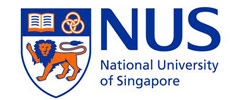Saturday 21 April
Building on from the substantial establishment works of the previous days (sand bags, sand bags and more sand bags) today we were able to finally begin the excavation of the wreck site. Archaeological excavation underwater differs significantly from that on land in that instead of trowelling and getting sore knees we use a water dredge and are essentially weightless. The particular water dredge setup we are using for Clarence consists of a long PVC plastic pipe with a corrugated hose attached and this is powered from the surface by a water pump. Once the dredge was lowered onto the site and the ubiquitous teething problems solved we were soon underway.
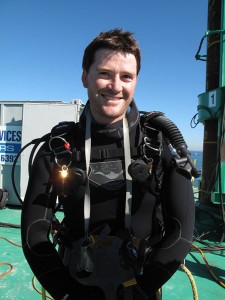 |
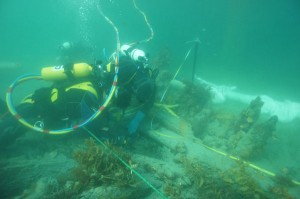 |
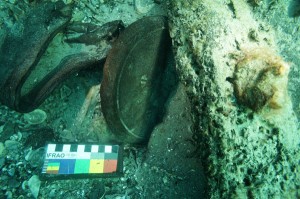 |
| Matt Carter | Divers using the dredge (photo by Deb Shefi) | Artefacts revealed during excavation (Photo by James Parkinson) |
The excavation strategy for today involved removing the overlying sand layer by carefully fanning it into the mouth of the dredge while ensuring that as the artefacts were revealed they were left in-situ to allow their context in relation to one another and the wreck structure itself to be recorded. This work requires considerable skill and patience but it wasn’t long before this was rewarded by the uncovering of a number of artefacts near the stern of the wreck.
Once revealed, the recording of the artefacts was a twofold process. Firstly, they were photographed and then their location on the wreck site recorded in relation to five of the nearest datum points established around the site. The photography was by far the easiest part of this process as with five tapes, two tethered divers, a baseline and various other pieces of equipment just waiting to be snagged this was slightly challenging. However, we soon got the hang of it and the artefacts were recorded and bagged ready for their trip to the surface.
At this point one of the most exciting parts of this project came into play. Over the last few days the conservation scientists on the project have been busy beavering away preparing their equipment and procedures for the arrival of artefacts. Once recorded these were lifted to the surface and whisked away to the conservation lab on the barge for registration and further recording including being photographed and x-rayed. This process provides us with all the important information about the artefact and will allow its reburial and long-term preservation on the seafloor. In summing up, our work today enabled us to test our procedures from the excavation and recording of artefacts to through to their conservation. A great deal was learnt and our systems continue to improve and evolve as the project continues.
by Matt Carter Archaeologist Underground Overground Archaeology Ltd New Zealand